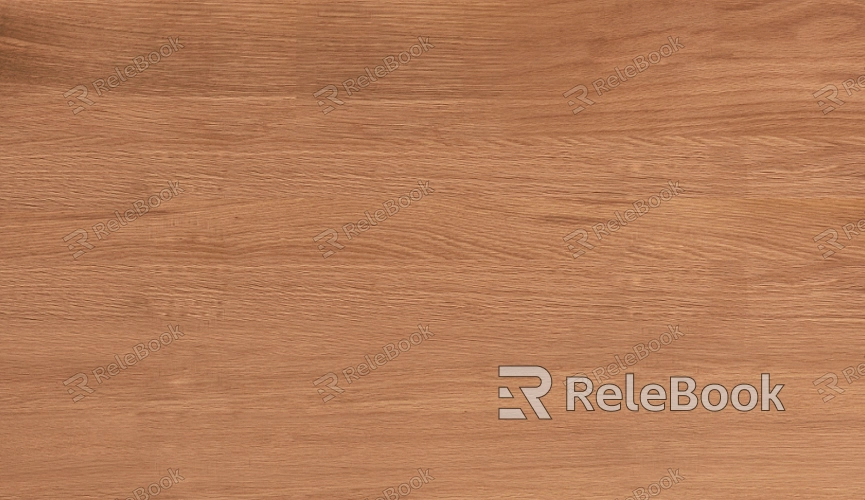How to Reload a Texture in 3D Rendering?

Understanding the Need to Reload Textures
Before diving into the technical steps, it’s important to understand why reloading textures is necessary. Textures in 3D rendering can be subject to frequent changes, whether for correcting issues, experimenting with different looks, or updating assets. When you modify a texture file, the changes may not immediately reflect in your 3D scene unless you reload or refresh the texture within your rendering software. Reloading the texture ensures that the most recent version is applied, helping to maintain consistency and accuracy in your project.
Reloading Textures in Popular 3D Software
Different 3D software packages have unique methods for reloading textures. Here’s a guide on how to reload textures in some of the most commonly used applications:
1. Blender
In Blender, reloading textures can be done easily through the UV/Image Editor or the Shader Editor.
UV/Image Editor: Open the UV/Image Editor and select the texture you want to reload. Click on the “Reload” button to update the texture. This action will refresh the texture view in the 3D viewport.
Shader Editor: If you are using materials with texture nodes, go to the Shader Editor. Select the image texture node and click on the “Reload” button in the properties panel to update the texture.
2. Autodesk Maya
In Maya, textures can be reloaded using the Hypershade window:
Open the Hypershade window and locate the material associated with the texture you want to reload.
Select the file node connected to the texture.
Right-click on the file node and choose “Reload” from the context menu. This will update the texture in the viewport.
3. 3ds Max
For 3ds Max users, reloading textures can be done through the Material Editor:
Open the Material Editor and find the material that contains the texture you want to reload.
Click on the “Bitmap” button in the material’s texture slot. This opens a dialog box where you can select “Reload” to update the texture.

Troubleshooting Common Issues
While reloading textures is usually straightforward, you might encounter some issues. Here are some common problems and solutions:
1. Texture Not Updating
If the texture doesn’t update after reloading, ensure that you are reloading the correct texture file. Check for file path issues or ensure that the file has been saved correctly. Additionally, verify that your 3D software’s viewport is not using a cached version of the texture.
2. Texture Appearing Distorted
Distortion issues can occur if the UV mapping is incorrect or if there are mismatches between the texture resolution and the UV coordinates. Double-check the UV map and texture settings to ensure they align correctly.
3. Performance Issues
Reloading textures might affect performance if large textures are being used or if the software is running low on memory. Consider optimizing your textures or upgrading your hardware if you encounter performance issues.
Tips for Efficient Texture Management
To make the process of managing and reloading textures more efficient, consider the following tips:
1. Organize Textures
Keep your texture files well-organized in a dedicated directory. Use clear and consistent naming conventions to make it easier to locate and update textures.
2. Use Placeholder Textures
During the early stages of development, use placeholder textures to speed up the workflow. Replace them with final textures later in the process.
3. Automate Updates
Some 3D software allows for automated updates of textures through scripts or plugins. Explore these options if available to streamline the reloading process.
FAQ
How do I know if my texture has been updated after reloading?
To confirm that the texture has been updated, compare the texture in the viewport with the latest version of the texture file. You can also perform a quick render test to ensure the changes are reflected in the final output.
Can I reload textures in real time while rendering?
Real-time texture updates depend on the rendering engine and software you are using. Some engines support real-time texture updates, while others may require a manual refresh or restart to apply changes.
What should I do if reloading the texture still doesn’t show changes?
If reloading the texture doesn’t work, check for issues such as incorrect file paths, missing textures, or software bugs. Try restarting the software or reapplying the texture manually to troubleshoot the problem.
Are there any tools or plugins to help with texture management?
Yes, there are various tools and plugins available for texture management, including texture baking tools, asset managers, and texture optimization plugins. Explore the options compatible with your 3D software to enhance your workflow.

